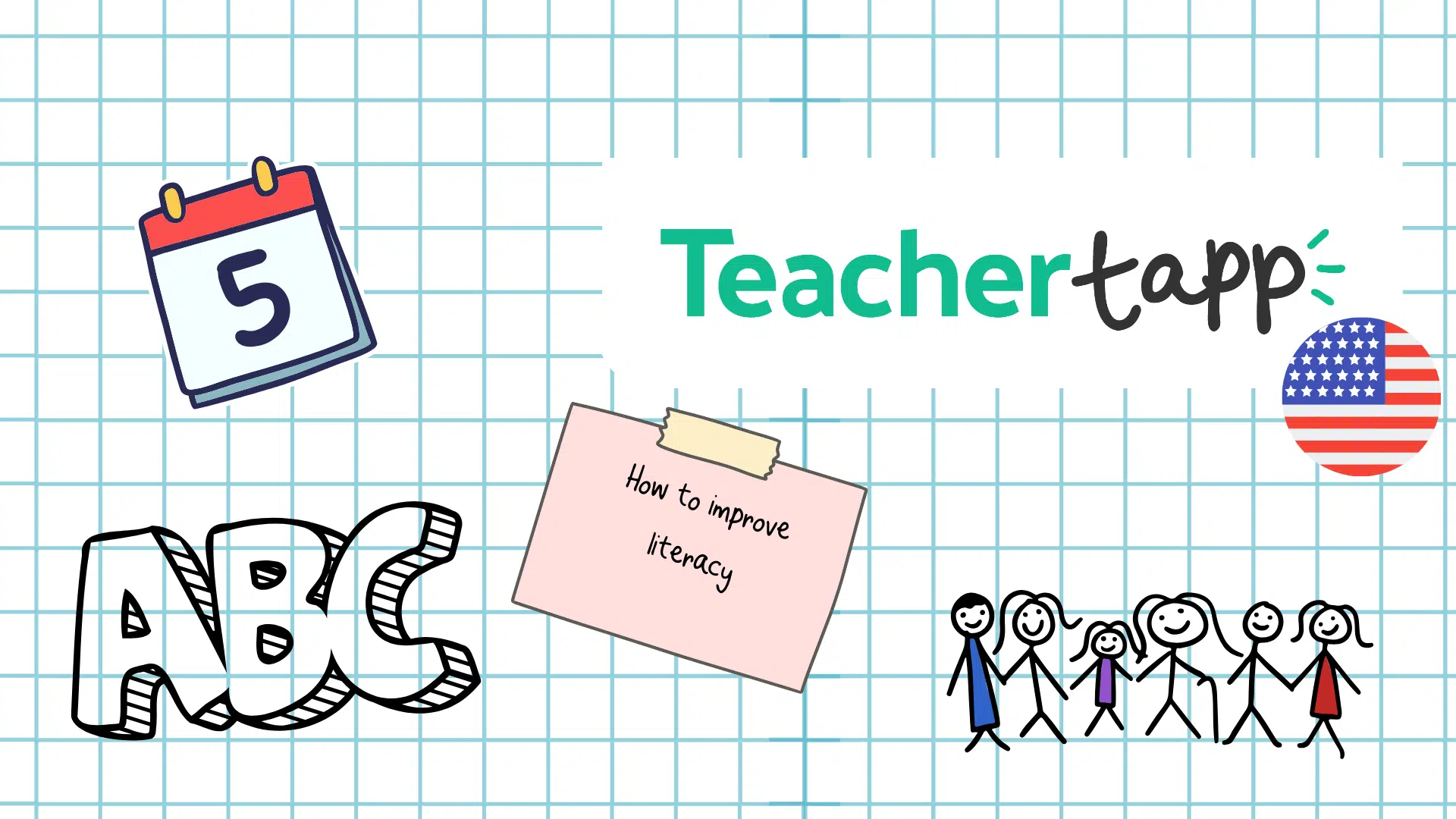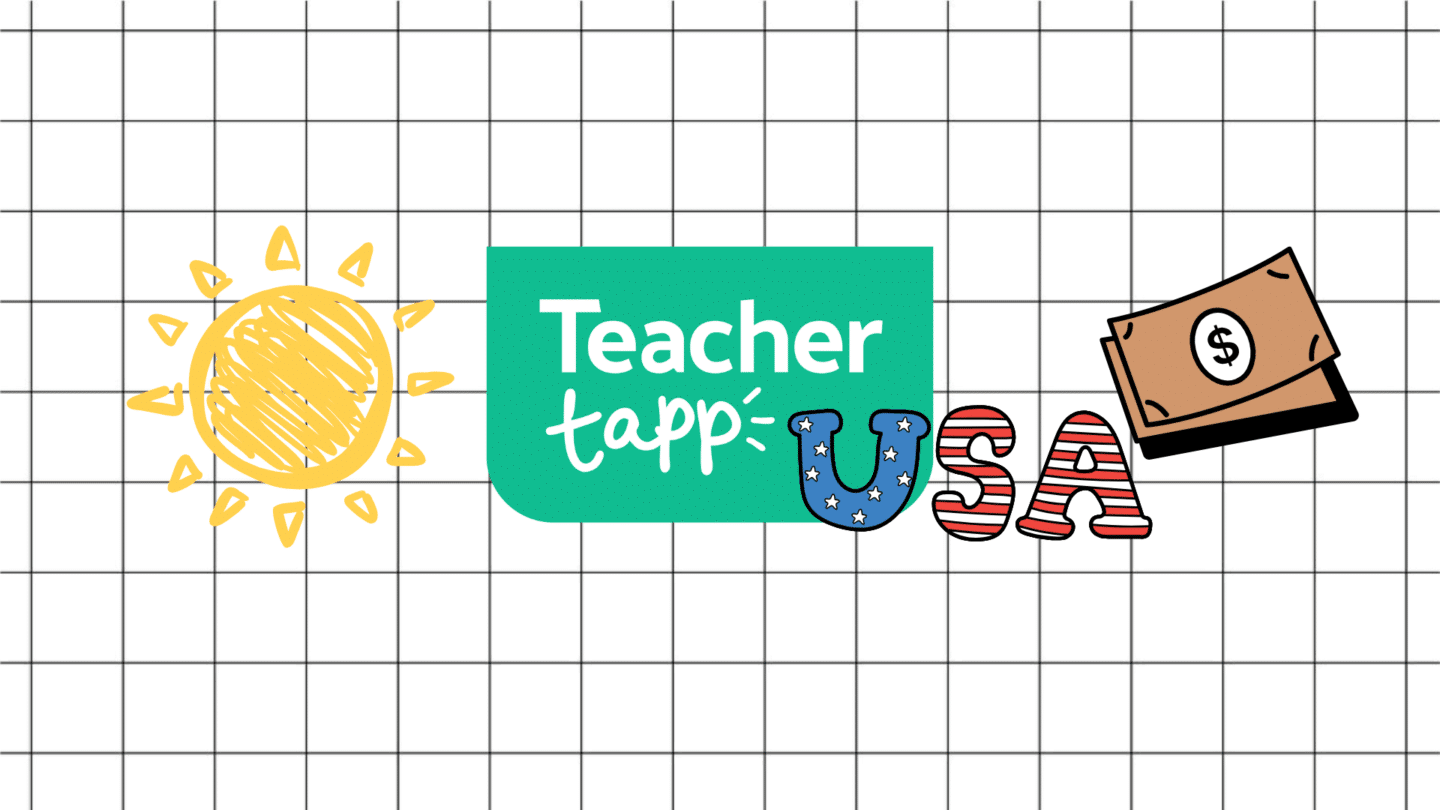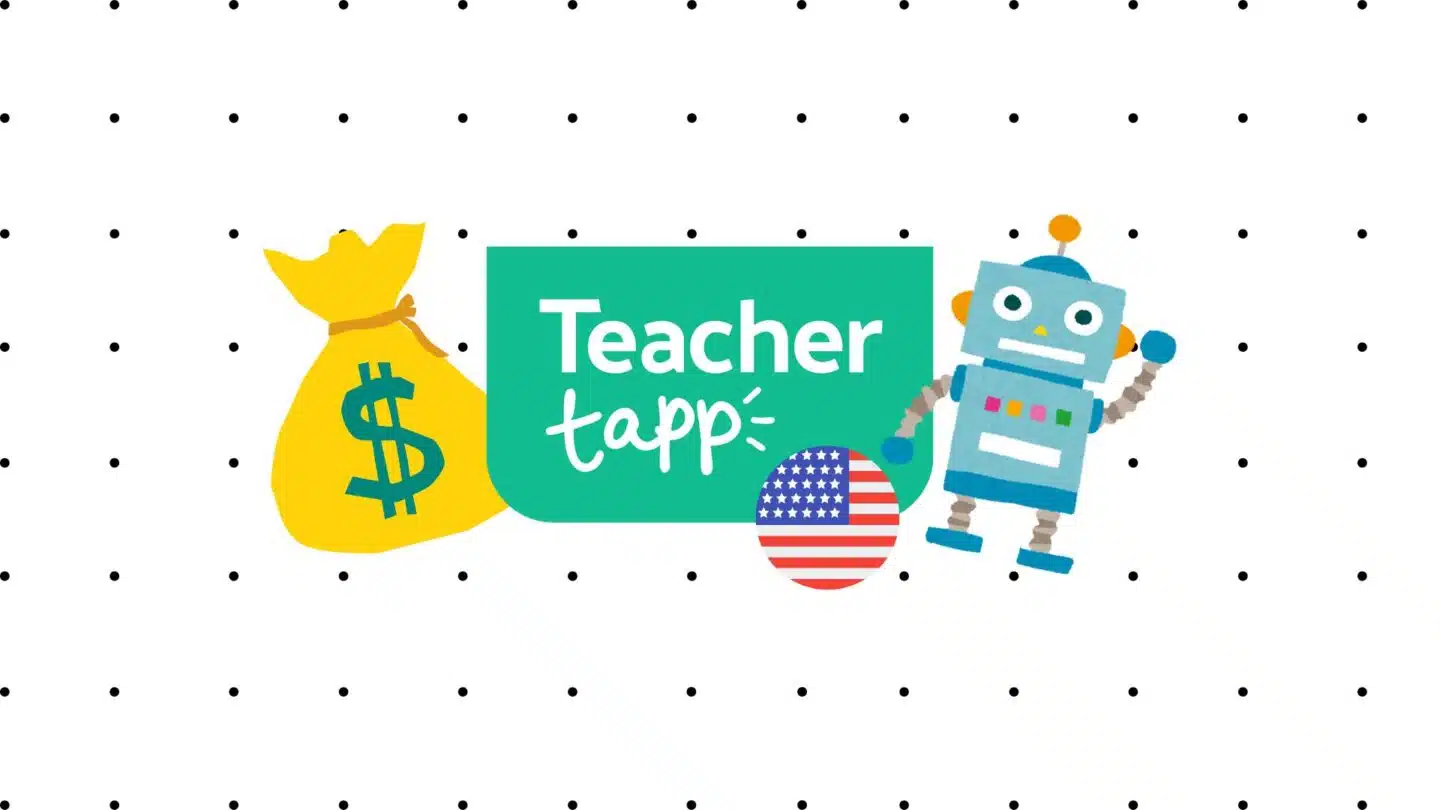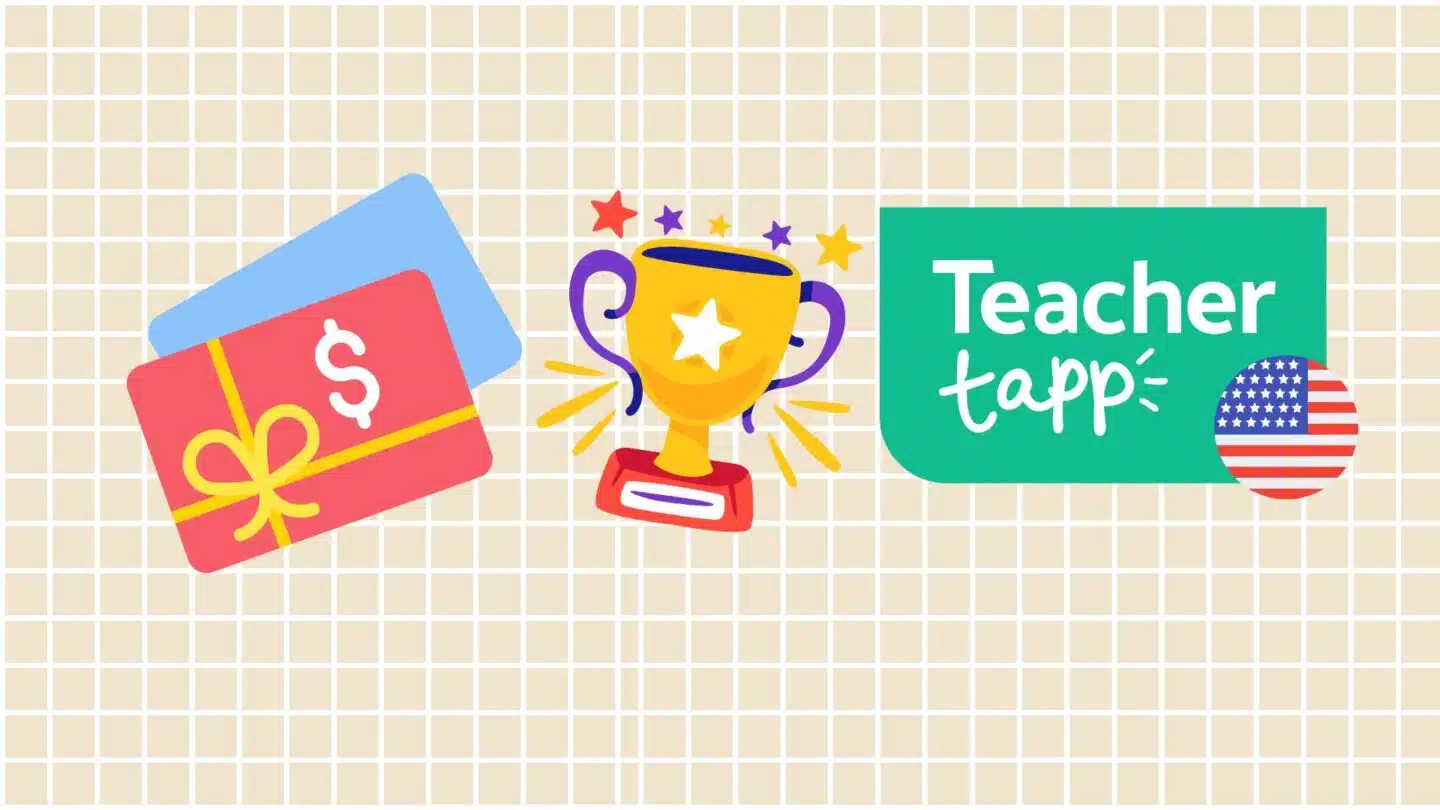Hey Teacher Tapp Community!
Week 25 and the Teacher Tappers continue to grow 🌿.
Another week, another amazing round of insights from our growing Teacher Tapp community! We have sent out more gift cards, and we hope you are enjoying your caffeinated treats! We still have space for more teachers, so please help Teacher Tapp grow and tell your friends about the app!
☕ Reminder: Keep tapping! If you answer 30 days before the end of April, you’ll earn a Starbucks gift card as a little thank-you from us. 🎉
This offer is limited to the first 1,000 teachers who sign up, so tell your teacher friends to be quick! Send them this blog and tell them to join the app today and help correct the narrative about education in the US.
To qualify, you must:
✔️ Be a K-12 teacher currently employed in a US school 🏫
✔️ List your school’s name in your Teacher Tapp profile ✏️
✔️ Be a legal resident of the United States 🇺🇸
🔗 Read the full terms and conditions here
Want to make the Teacher Tapp community even stronger? Invite your colleagues to join! The best link to share is onelink.to/teachertapp – it takes them straight to the app store! 📲✨
Now, what did teachers tell us this week? Let’s find out…
1. What prevents students from being better readers?
Pushing for higher literacy standards can be more challenging in some schools than in others.
But what barriers do teachers face? The top issue in elementary AND middle schools is a lack of support from home (68% in both).
In high schools, lack of home support, low reading engagement and poor comprehension skills were picked out as barriers by more than half the teachers (56%, 57% and 55%).
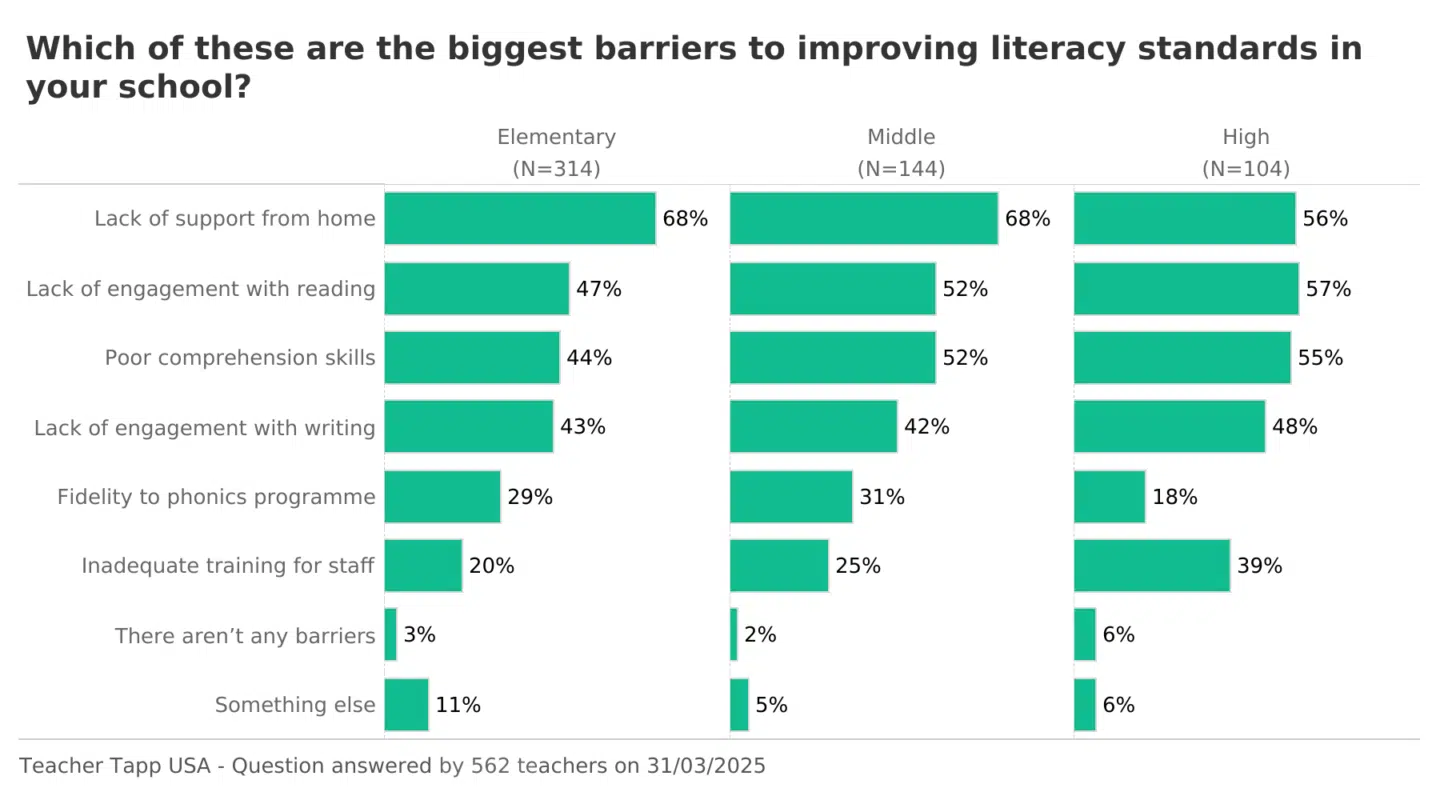
How can teachers tackle these barriers? When asked about training, while 68% of teachers reported having received training on special educational needs, just 24% could say the same about parental engagement.
From looking at our Teacher Tapp panels in other countries, we can see that far more US teachers are trained on social-emotional learning compared to teachers in England (70% in the US vs 25% in England).
2. Are first-borns more likely to be teachers?
Does your birth order make you more likely to be a teacher? Possibly!
Just 9% of teachers are only children which, according to this article is lower than the US average of 20%. Of those who do have siblings, though, is there any link between birth order and becoming a teacher?
Well, middle children are the least likely to become teachers, with just a quarter of teachers with siblings being the middle child. 40% of teachers are the eldest child, with 35% being the baby of the family.
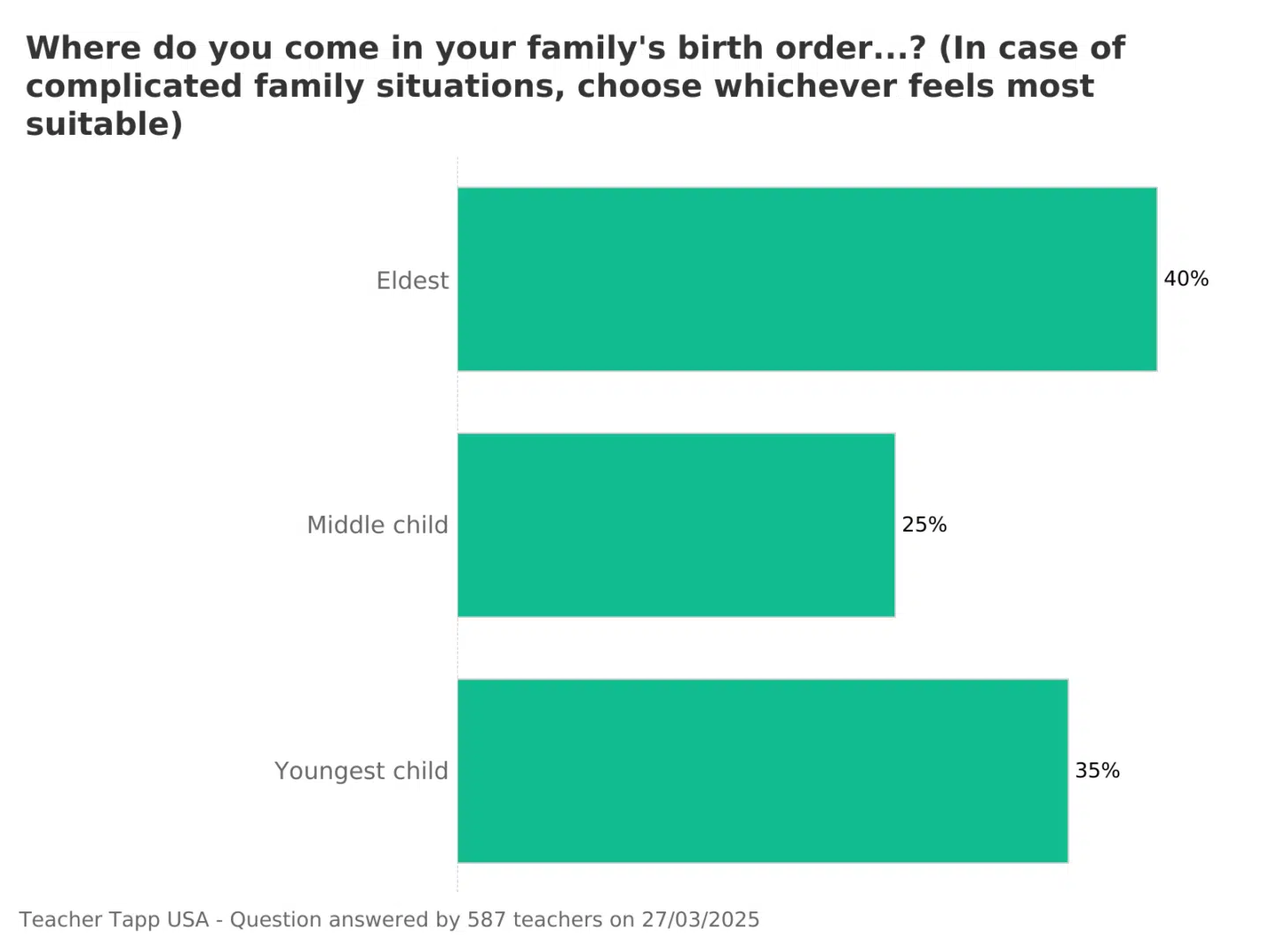
How about families where a parent is a teacher? It seems that many teachers have teacher parents! 16% of teachers have a single teacher-parent, with a further 3% having both parents as teachers!
And it isn’t just the parents – siblings get in on the action too! Just under a third (31%) have a sibling who is a teacher.
Now, you might be thinking, is there a link between the two? If one of your parents was a teacher, you are slightly more likely to also have a sibling who teaches compared to those who have non-teaching parents (33% vs 28%).
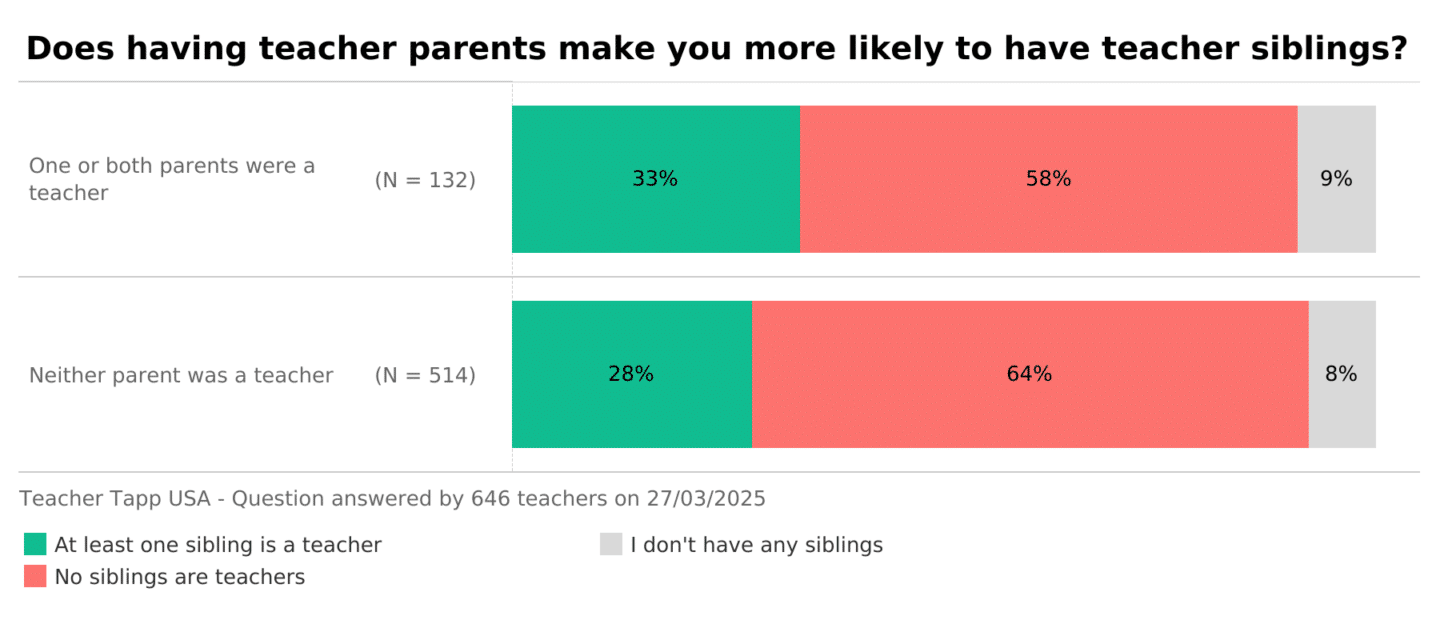
3. Teaching without tech
Imagine the scene: you arrive in your classroom and flick on the lights. The lights turn on, but you computer, the internet and all power sockets are kaput. What do you do?
Those teachers who say their lesson would be virtually unchanged are in the minority: just 9% of elementary, 21% of middle and 18% of high school teachers say they would not have to change how they are teaching.
More than half of elementary teachers (52%) say a power outage would lead to significant disruption or that it would be largely impossible to continue with normal lessons. The same is true for a third of middle school teachers (33%), and 41% of high school teachers.
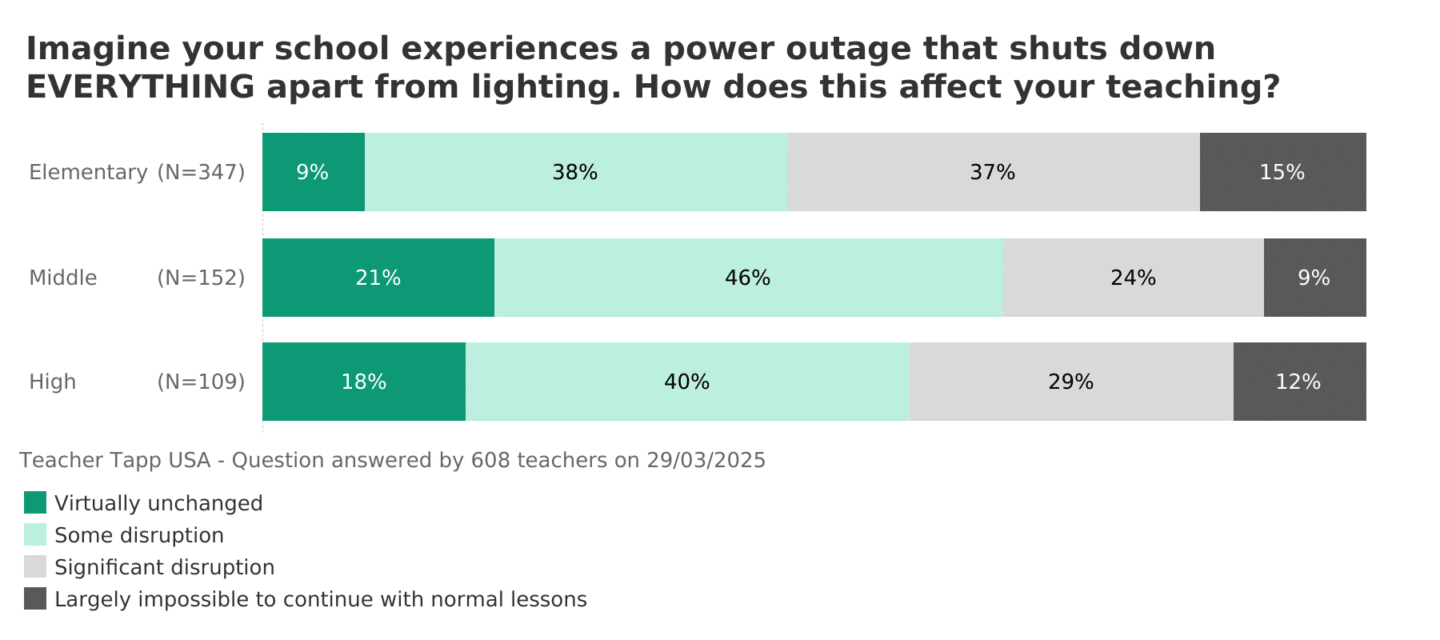
+ Favourite classroom games!
🏆 Top 10 Classroom Games
- Kahoot – The clear favorite. Widely used for review, engagement, and fun competition.
- Blooket – A close second; loved for its variety and customizability across subjects.
- Uno – A classic card game, often mentioned for both fun and learning.
- Jeopardy – Popular for test review and content recall, sometimes played with buzzers.
- Bingo – Especially common with vocabulary, sight words, and thematic variations.
- Heads Up 7 Up – A timeless indoor game still going strong as a quiet-time favorite.
- Silent Ball / Mum Ball – Great for calm classroom breaks or indoor recess.
- I Have, Who Has – A go-to for vocabulary, math facts, and classroom collaboration.
- Four Corners – Frequently used for movement breaks and “fun Friday” games.
- Sparkle – Loved for spelling and counting practice with a competitive twist.
Daily Reads
We know lots of teachers on Teacher Tapp LOVE the daily reads! If you have ideas of reads we could feature, get in touch by emailing usa@teachertapp.com and we will check it out!
This week our most-read blog was a special one for elementary and middle school teachers about multiplication table games.


